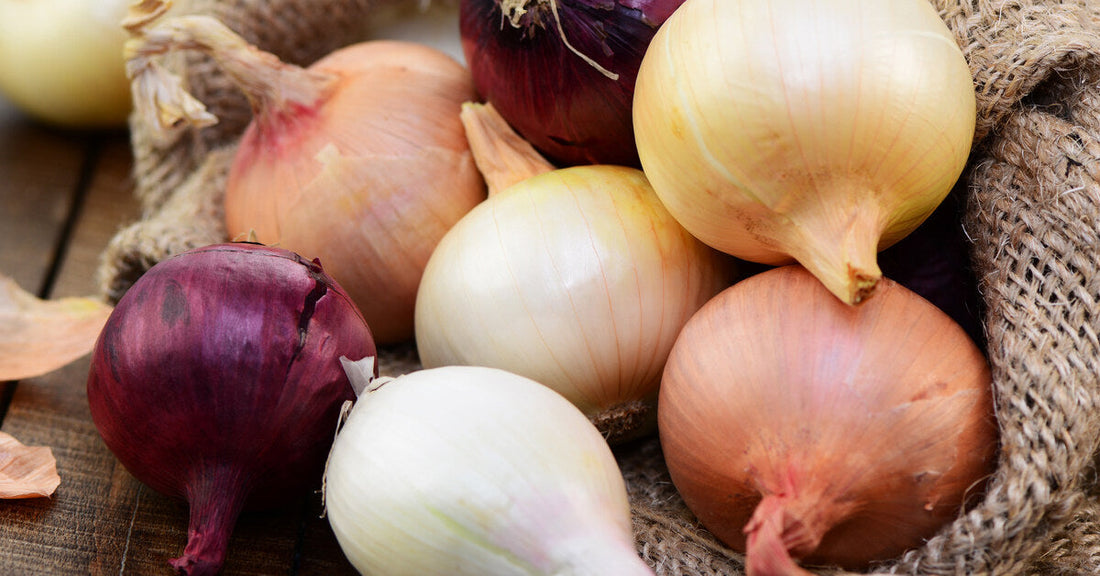Onions are everywhere—in our kitchens, markets, and recipes. But behind this humble vegetable lies a history that is as layered as the bulb itself. Onions have been a source of awe and curiosity for centuries, from ancient folklore to modern kitchen myths. Today, we’re peeling back the layers of four of the most fascinating myths about onions and their origins, separating fact from fiction, and discovering the truths that have captivated food enthusiasts.
Myth 1: Ancient Egyptians Worshipped the Onion
It’s often said that the ancient Egyptians worshipped onions. While this isn’t entirely accurate, onions held a special significance in their culture. Egyptians saw the onion’s circular layers as a symbol of eternity and the afterlife. Therefore, they often placed onions near the tombs of pharaohs and painted images of onions on the walls of pyramids to accompany rulers into eternity. Though Egyptians weren’t worshipping onions as deities per se, their symbolic value highlights how deeply this vegetable was ingrained in ancient traditions.
Myth 2: Onions Can Cure the Common Cold
The idea that onions can cure the common cold has persisted for generations, but science suggests otherwise. It is true that onions possess valuable anti-inflammatory and antioxidant properties, making them a healthy choice for general well-being. They’re excellent for boosting your immune system when paired with a balanced diet. However, they don’t possess the ability to cure colds outright. That said, adding onions to your soups and stews during cold and flu season can still be a tasty and health-conscious move.
Myth 3: Different Colored Onions Taste the Same
Who hasn’t heard someone claim that all onions taste the same, regardless of color? This couldn’t be further from the truth. Yellow onions are savory and ideal for caramelizing, red onions bring a bright and zesty flavor perfect for salads, and white onions deliver a sharp, crisp bite often appreciated in salsas. Each variety offers a distinctive flavor profile designed to elevate different types of dishes. True foodies know that selecting the right onion variety can transform any recipe.
Myth 4: Leftover Raw Onions Are Poisonous
This one might make you hesitant to save half an onion in the fridge but rest assured; leftover raw onions are not dangerous. There’s a widespread myth that once onions are cut, they absorb bacteria and become unsafe to eat. However, onions have antimicrobial properties that work to fight bacteria, not harbor them. Therefore, your leftover onion slices are perfectly safe in your salads and recipes—if you store them in the fridge and enjoy them within a week.
Onions are an ingredient with history, health benefits, and many misconceptions; however, they’re also a staple that connects people, from kitchens to farmers markets. Knowing the truth about onions can help you make the most of your culinary adventures, whether you’re selecting fresh produce or exploring myths like these. While you’re stocking up on farmers market supplies to help you sell your next crop, remember these four fascinating myths about onions and their origins, and share the facts with your fellow farmers and food lovers. After all, every layer of this vegetable has a story worth sharing.
